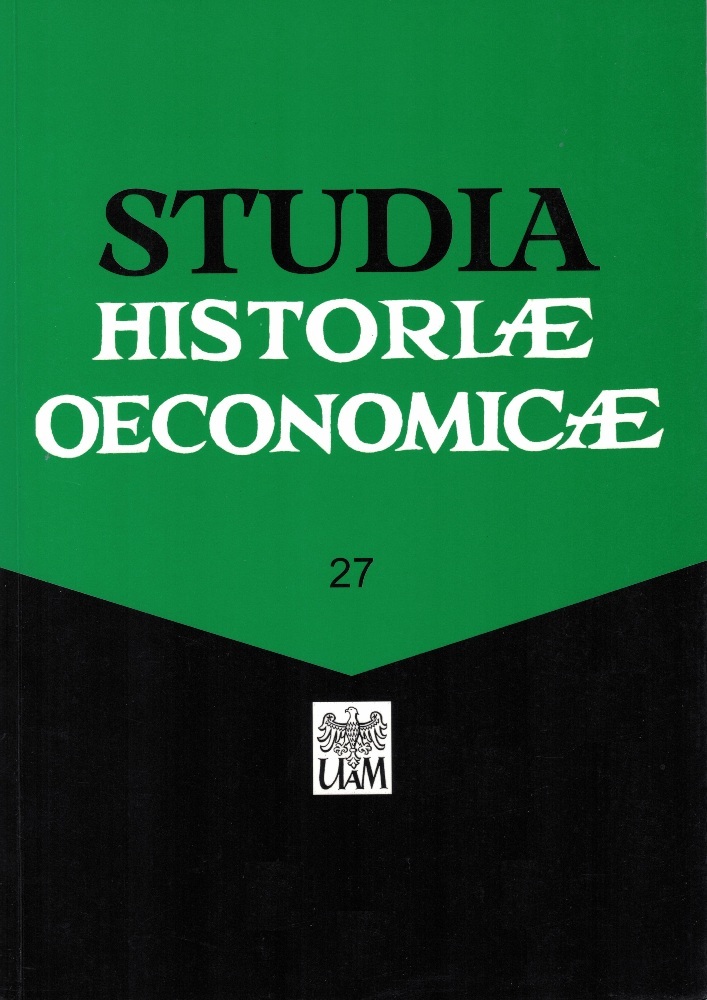Abstract
In the second half of the 19th century, Greater Poland became a storehouse of the German Empire and differed from other Polish regions (like Pomerania) in both economic and social terms. In the Poznań Province, where according to the 1921 census 1,967,865 people lived, 1,296,279 people (65.9%) lived in the countryside and only 671,586 (34.1%) lived in the city. The dominant economic sector was agriculture, which was much more developed than in other regions and fed the majority of the local population. The most important role was played by estates, which accounted for about 46% of all arable land, and large farms (over 20 hectares), which represented 43% of all peasant property. There were very few small farms here. The lack of land was not as acute as in Galicia, for example, and there were no revolutionary unrest. With fewer landless peasants and small farmers than elsewhere, radical agrarian programs hardly found broader support.
License
© by Institute of History, Adam Mickiewicz University, Poznań, 2009
OPEN ACCESS





